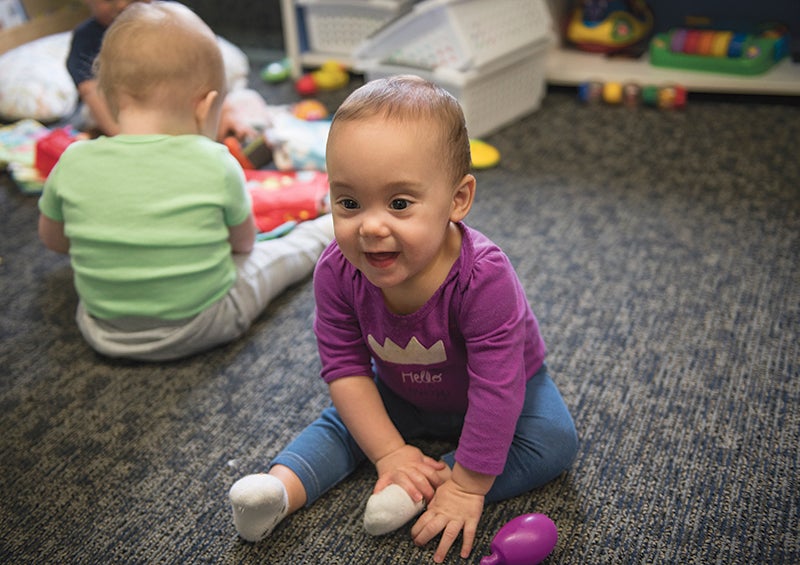Editorial: Funding needed to help relieve child care crisis
Published 6:43 pm Wednesday, May 15, 2019
Much is at stake in the remaining five days of the legislative session.
One of the issues still hanging in the balance that directly impacts our area and all of Greater Minnesota is the child care shortage, which in turn directly impacts our area’s workforce shortage.
We urge legislators and Gov. Tim Walz to pass a bonding bill that contains $10 million for grants to help build or expand child care facilities in Greater Minnesota. We also ask to pass a jobs bill that contains funds to be distributed between the six Minnesota Initiative Foundations for child care business development and provider training.
According to 2014 U.S. Census Bureau estimates, 74% of Minnesota households with children under the age of 6 have both parents in the workforce, but with 15,000 child care spots lost in Greater Minnesota between 2006 and 2015, it is often a challenge for these parents to find child care.
Even in our own community, there are waiting lists to get children into places such as The Children’s Center as well as in-home day care providers. This makes it a struggle for parents who need to work to support their families but who can’t find someone to watch their children while they do so.
Rae Jean Hansen, vice president of the Southern Minnesota Initiative Foundation, said during an event in Albert Lea in March that Freeborn County has a shortage of 567 child care slots.
How do we bridge that gap?
With many in-home day care providers getting older and fewer new providers opening their doors because of regulations and costs, we need incentives for people to open new in-home day care facilities and need to provide them with the training to do so.
For nonprofit child care facilities, such as The Children’s Center, to expand, there needs to be funding in place to make that a reality.
We hope legislators realize the importance of this issue in rural Minnesota, not only for the well-being of families, but also the well-being of communities. Businesses are already struggling to find workers, so adding this on top makes it even more challenging.
While this money will not be the answer in entirety for the child care crisis, it will be the start of providing more opportunities in several communities.


